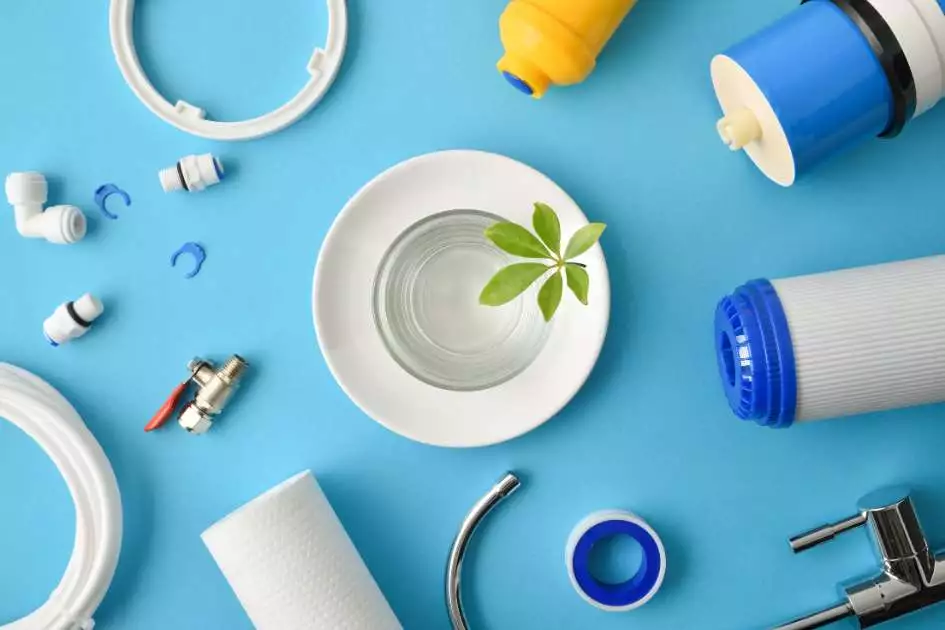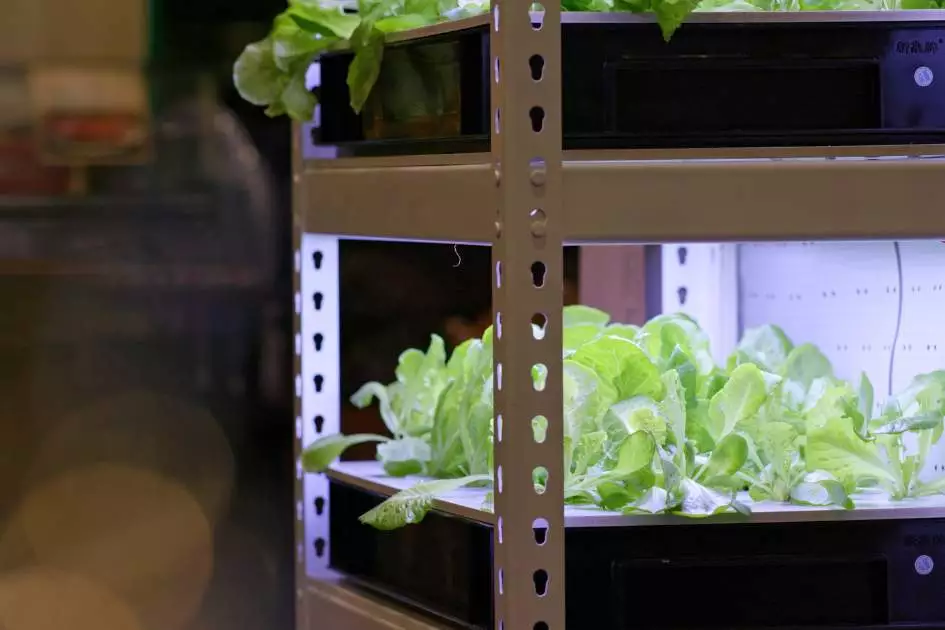Water is life. Whether you are considering finding a new water source for your home or have already decided to have well water installed, it's important to understand what well water is. We'll explore the history of well water and how it works. We'll go over the different considerations you should take into account when choosing a well water provider.
What is Well Water?
Well water is one of the most common sources of drinking water. It comes from a hole in the ground and is pumped up to your home. It is also known as groundwater, which is the water that exists between rocks and soil.
In fact, well water is more common than you might think! According to the United States Geological Survey (USGS), about 15 percent of American homes rely on well water as their source of drinking water. That's over 16 million homes!
The majority of wells are drilled and constructed to access groundwater, which can be found at a relatively shallow depth in the ground. The water from wells can often be used for drinking, cooking, bathing, and other uses.
The quality of well water depends on several factors: the distance between where it is drawn from and where it emerges; the type of rocks and soil present; dissolved minerals and contaminants present in the aquifer; and how long the water has been in contact with those rocks and minerals (which can affect its mineral content). Well water can also become contaminated by bacteria or chemicals leaking into an aquifer from landfills, septic systems, or industrial operations. So, before using well water for drinking or cooking, you should have it tested by a certified laboratory or use water testing kits as long as you have the needed experience.
Advantages and Disadvantages of Using Well Water
Well water is considered to be safer than water from other sources like rivers, lakes, or other kinds of surface water. That's because well water doesn't have to travel through pipes or other equipment that can make it contaminated with bacteria or other harmful substances.
However, while well water may be safer than other sources of drinking water, it still has some disadvantages too.
Pros
Taste: Well water tends to have a better taste than other types of water and is more likely to be purer. It's also less likely to contain chemicals that can make it taste bad.
Transport: Wells are usually located close to where the people who use them live, so they don't have to transport their drinking water very far. This saves money on fuel costs for delivery trucks and reduces pollution caused by shipping containers full of bottled water around town.
Bills: If you live on a farm or in a rural area where there's no municipal water supply, well water can be your only source of drinking water for your whole family and even for your livestock. There are no monthly bills, just pay for whatever equipment you need and nothing else!
Cons
Initial Cost: There may be initial start-up costs involved in installing a well system at home. You also need to consider maintenance costs since wells require regular maintenance checks and repairs over time as these systems are susceptible to wear and tear from the weather elements like rain or snow runoff causing leaks in the pipes which could lead them towards corrosion over time too!
Risk: Well water is only safe and health when it is properly tested and treated. If you have a well, it’s important to have your water tested regularly by a qualified laboratory.
If the well isn't properly constructed, there could be issues with contamination from nearby wells that are contaminated by pollution or chemicals from nearby factories or farms (this would require additional testing by qualified professionals).
Well Systems: How Do They Work?
There are two main types of well systems: pumped and gravity-fed. Pumped systems use a motor-driven pump to circulate water from a well through pipes and into the house or business building; gravity-fed systems rely on pressure from underground water sources feeding into pipes that lead back up from ground level up towards your home or business building. Both types of systems have their pros and cons when it comes down to choosing one over another option based on personal preference or budget constraints.
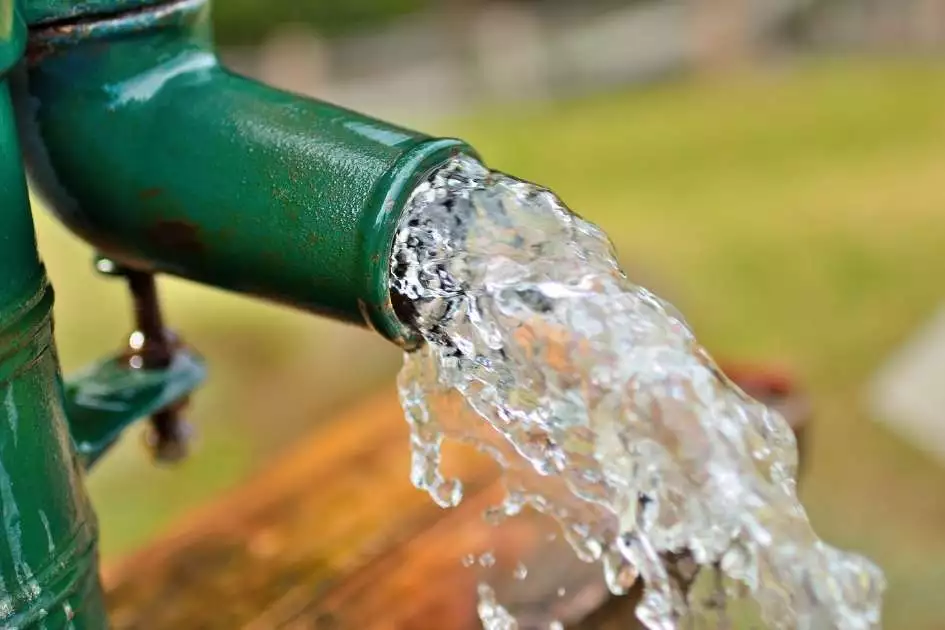
Pumped Systems: Pros & Cons
Pumped systems tend to be less expensive than gravity-fed ones because they don't require additional pumps for pumping out any excess water if needed (which would normally be needed in a gravity-fed system).
These are also easier to maintain because they don't require any additional pumps or other mechanical parts that can break down and need repair. Pumped systems are also usually more reliable than a gravity-fed system because they don't rely on the force of gravity to circulate water from your home or business's plumbing into the drain. This means that even if you have low pressure in your home, it won't affect how well your sump pump works.
On the other hand side, pumped systems tend to be less efficient than gravity-fed ones because they use electricity to power their pumps instead of relying on natural forces such as gravity.
Gravity-fed Systems: Pros & Cons
Gravity-fed systems are the most common type of sump pump system. They rely on the force of gravity to move water out of your home or business's plumbing into a drain or sewer line, which means they don't require any electricity to function. Gravity-fed won't break down and need repair easily because they relatively don't have a lot moving parts.They're also quieter than their pumped counterparts because they don't have any pumps or motors to make noise.
However, gravity-fed systems are not as efficient as pumped ones because they rely on natural forces such as gravity instead of electricity to move water out of your home or business's plumbing. They can also be more expensive than pump-powered models.
Installing a Well in the Yard
There are definitely some things to think about before you get started.
Whether or not the location of your well will interfere with other structures on your property. You'll want to check with your local government officials and make sure that there aren't any regulations or restrictions in place for where wells can be placed.
The next is what kind of well you want to install. There are three main types of wells: dug, drilled, and bored. Each type has its own pros and cons, so make sure that you do some research before making a decision!
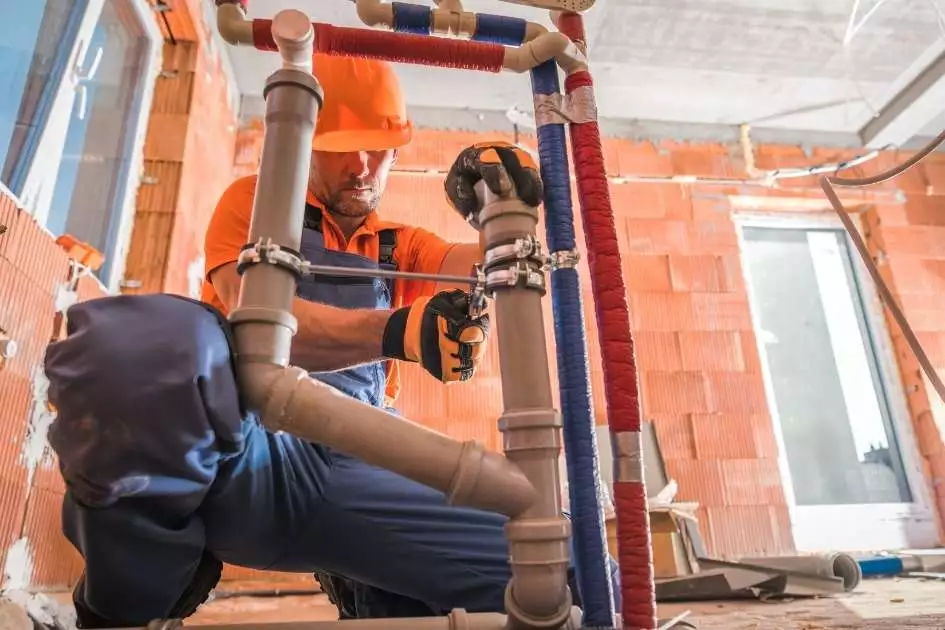
You should also know that there are certain materials used when building wells that can affect how safe they are for use by humans as well as animals and plants in the area surrounding them. You'll want to look into what materials are best suited for each type of well construction method so that you can decide which one is right for your needs!
Maintenance Procedures for a Well
If you want to maintain and monitor your well water system, there are several things you can do. Here are some tips:
- Keep an eye on the pressure gauge. If the pressure goes above 50 pounds per square inch (PSI), you may have a leak somewhere in your system—and if it goes below 10 PSIs, it may mean that you have a broken pump or faulty wiring. If you're not sure what these terms mean, check out our glossary of common well terms before proceeding.
- Monitor Your System. Test your water quality regularly with a pH test kit and other tests as needed (for example, nitrate or arsenic tests). A pH level that's too high or too low can cause problems with the efficiency of appliances like dishwashers or washing machines so keeping an eye on these levels helps keep those appliances running smoothly without damaging them in the process! Your local health department can advise you on what to test for in your area and how often to do so.
- Check for signs of problems like discoloration or odors in your water supply by running cold water through all taps for at least five minutes after turning off all appliances (like washing machines). If there are signs of contamination, call us right away!
How to Choose the Best Well Installation
Whether you want to drill, use a dug well, or even buy a whole house water purifying system, there are some important factors to consider when choosing the best well system for your needs.
First, there is cost. Every well system has different costs associated with it. If you need to dig out a deep hole in order to install a drilled well, it will cost more than if you were able to get one by using a shallow dug well. The price will also vary depending on how much electricity and water flow you need in order to maintain your system.
Second, think about how long you plan on being in the house and whether or not it will be worth it for you to spend more money upfront if it means lower monthly payments later down the road. If your family plans on staying in the home for many years then it might be worth investing in a more expensive system now so that it can last longer without needing repairs later on down the road.
Third, consider your own needs. If you have a large family with many people who will be using the water system on a regular basis then you may want to invest in a more expensive system that can handle more water flow and electricity usage. If you have a smaller household then you may not need a system that is as large, but still make sure that it has enough capacity to meet your needs.
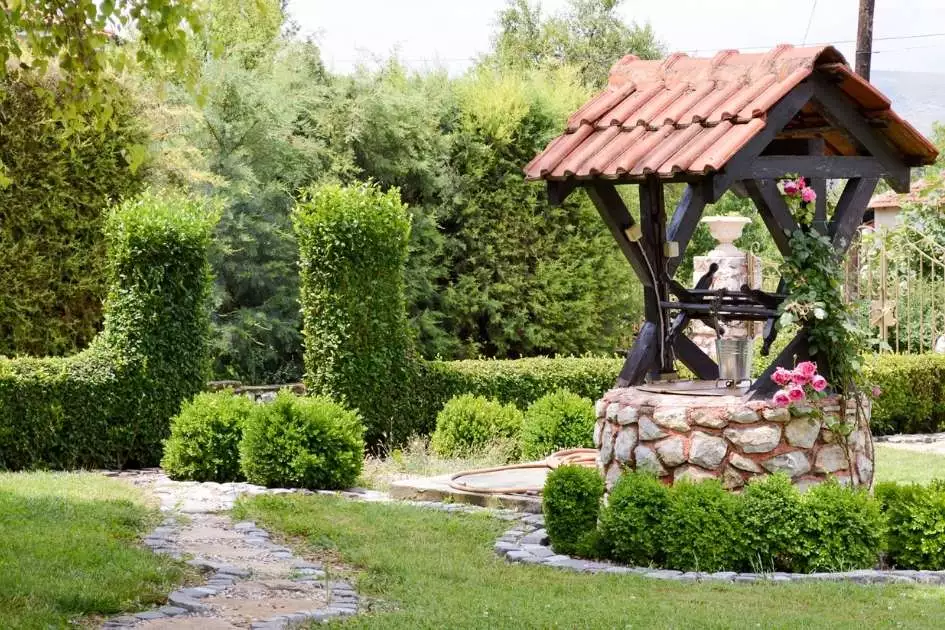
Well Water Filtration
There are two types of well water filtration systems: point-of-entry (POE) and point-of-use (POU). A POE system filters all of the water that enters your home through pipes leading from the ground outside; this includes both indoor plumbing and outdoor irrigation systems. A POU system filters only the water that comes out of faucets inside your home; this excludes other types of plumbing such as toilets and laundry machines but includes kitchen sinks and bathtubs. Both types can be installed by professionals or DIYers depending on their needs and budget restrictions but should be professionally inspected regularly by licensed plumbers to ensure they're working properly without risking any health risks due to malfunction or poor maintenance.
In terms of filter types , there are two main types: granular activated carbon (GAC) and reverse osmosis. The former uses a bed of charcoal that absorbs chemicals in the water while the latter forces it through a membrane to remove impurities. Each type has its pros and cons but most modern POU systems use GAC for more effective filtration than other methods.
Reverse osmosis is more effective at removing dissolved solids, chemicals and heavy metals from water but requires more maintenance than GAC filters. This can include replacing membranes or cleaning cartridges on a regular basis to ensure they're working properly without risking any health risks due to malfunction or poor maintenance.
Granular activated carbon is produced by activating the surface area of raw organic materials, such as coconut shells or coal. This process involves heating them to high temperatures. The heating process creates a matrix of carbon with small pores that can trap organic compounds and other chemicals. These materials are removed from the water when you pass it through GAC filters. Other chemicals in the water, like iron and nitrate, are not attracted to the carbon filter and therefore remain in the water. Carbon filters are more efficient, less expensive and easier to maintain than other types of water purification systems.
Well Water Problems and How to Fix Them
With the right knowledge, tools and actions, you can make sure that your well is working properly. Here are some of the most common well water problems and how to fix them:
- Low Water Pressure: This is one of the most common problems with well water, especially if you have a very deep well. The deeper your well is, the more pressure that will be required to pump the water up from the bottom of it. If your water pressure gets too low, then there's a chance that it could back up into your home or even cause damage by breaking pipes or flooding rooms.
- High Levels of Iron: Another common problem with well water is high levels of iron in it. Iron comes from rocks underground and can cause discoloration in clothes as well as stains on sinks and tubs when washing with soap because it reacts chemically with soap as well as other minerals found in tap water like calcium carbonate (which forms hard deposits called scale inside pipes).
- Hard Water: Another common problem with well water is hard water, which refers to the amount of minerals it contains and how difficult they are to remove from your home’s plumbing system. Water that has high levels of calcium and magnesium in it can cause soap to form scum in showers, sinks, and bathtubs because it reacts chemically with soap as well as other minerals found in tap water like calcium carbonate (which forms hard deposits called scale inside pipes).
- Bad Smell: If your well pump is running overtime, it can cause a bad odor to enter the water supply. The solution is simple: replace your well pump with a new one. If you want to do that less often, you can also try installing an air-stripping system, which will help remove the bad smells in your water.
If there's a leak in your casing, it could be causing mineral deposits or other contaminants to enter your water supply. A leaking casing can also lead to algae growth inside of your well and on its walls, which will further contaminate your water supply. You can repair any leaks by hiring a professional contractor who specializes in well repairs or searching online for DIY tutorials on how to fix them yourself.
Takeaway
Knowing how well water systems work will help you understand the best ways to maintain and monitor your well water system. If you notice any changes in your water's taste or smell, it could be a sign that something is wrong with your well. If you are concerned about the quality of your water and maybe if you notice a change in the taste, smell or color of the water coming from your tap. If you suspect there's something wrong with your well, contact a professional to check it out for you.

